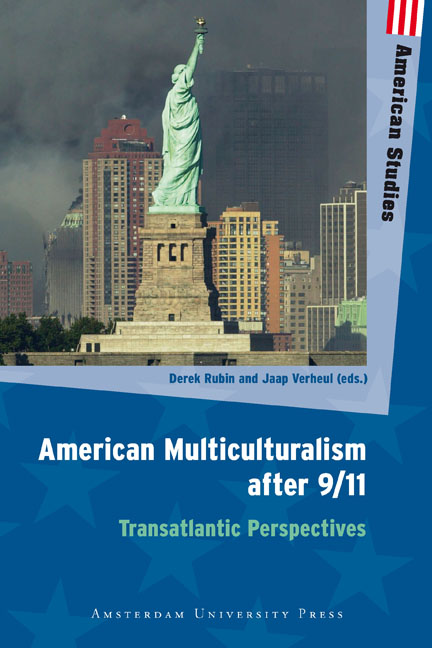Multiculturalism in American History Textbooks Before and After 9/11
Published online by Cambridge University Press: 21 January 2021
Summary
History textbooks for public schools construct and transmit an official version of a nation's past. In the United States, in the absence of a national system of education, these books act as a sort of de facto national curriculum. Owing to the power they wield, both real and symbolic, they are highly contested terrain, with many pressure groups from both the right and left trying to influence their content. The teaching of history in the public schools was a primary battleground in the initial rounds of the “culture wars” in the 1980s and 1990s, and it remains at the center of a great many debates to define national identity, debates which have been further intensified in the wake of September 11, 2001. Textbooks embody a compromise. In order to sell, they must be acceptable to parents, teachers, administrators, and, in general, citizens of divergent political leanings. As such, they provide a meaningful representation of a consensual vision of American national identity.
This essay examines the textbooks that were adopted for use in primary education by the state of Texas in 1997 and 2003. Texas constitutes a significant case study, as it exerts unequaled influence over the content of the books it purchases, which are then sold nationwide. The textbooks selected in 1997 were not only the last to be chosen in Texas before the events of September 11, 2001, they were also the first to be published after the conservative backlash against progressive multiculturalism and the initial rounds of the culture wars. These conflicts led to a new vision of American identity and the way in which American history, in both its academic and more popular forms, is written.
In the 1997 books, a conservative form of what we might call “civic multiculturalism” – or what David Hollinger has called “postethnic” national identity – dominated Texas-approved textbooks. That is, the United States is presented as a multiethnic nation, with a core culture composed of shared values and ideals – the political ideals upon which the United States was founded. In these textbooks, the face of America had, indeed, become more diverse. That diversity was presented as a defining trait of American national identity, one of which students should be proud.
- Type
- Chapter
- Information
- American Multiculturalism after 9/11Transatlantic Perspectives, pp. 133 - 144Publisher: Amsterdam University PressPrint publication year: 2012

